I found this site www.n56ml.com surfing the web for an Earls oil thermostat of all things. One thing led to another and I spent a day reading and enjoying his site. Figured I would post for you guys to enjoy. I am not a plane geek but this guy has some real man skills. Any dude worth his salt should love to be this handy. If not, move on, girl!
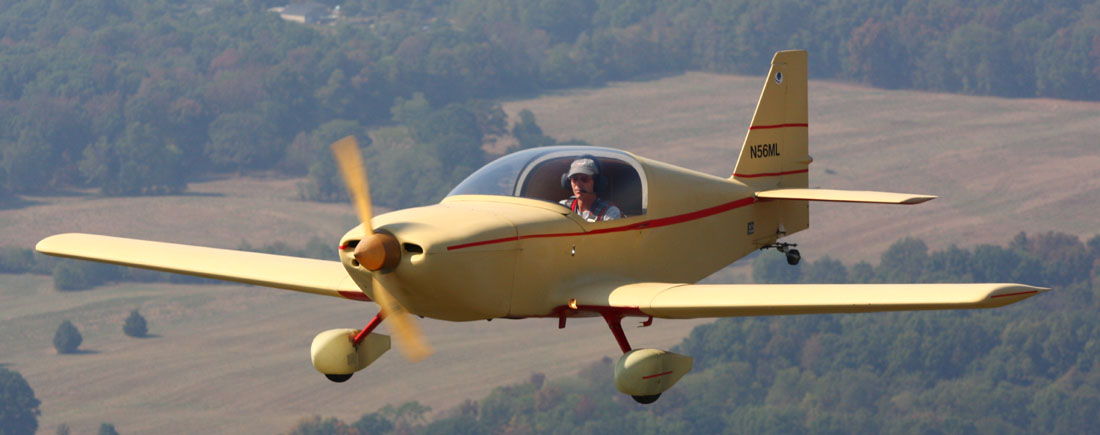
This is my version of the KR2S. Well, I guess it's not really a KR2S anymore...it has been modified in almost every conceivable way, with only the basic fuselage shape retained. I'm using different airfoils for all flight surfaces, different flap and aileron planforms to increase control effectiveness, redesigned control system, Dragonfly canopy, lots of aerodynamic details for maximum efficiency, and an engine that's almost twice as powerful as the plans call for. It's far from complete, but I've started flying it anyway! This plane will be an experimental test bed for even more improvements to the design, including tufting and wing tip optimization.
• Empty weight: 760 pounds
• Gross weight: 1200 pounds
• Fuel capacity: 16 gallons
• Top speed: 191 mph TAS (true airspeed) with 3100cc Corvair engine and Sensenich 54x54 prop (turning almost 4000 rpm), 184 mph TAS with Sensenich 54x58 (but turning only 3400 rpm, and burning less fuel).
• Fuel consumption: I get 42 mpg while flying at 160 mph TAS at 10,000' running "lean of peak", which is how I always fly at altitude.
• Stall speed: 57 mph with split flaps deployed, 62 mph "clean"
• Glide ratio: 11.8:1 engine at idle or engine stopped (almost the same number)at about 80 mph, averaged from 10,000' to 2,000'.
• Propeller: currently a wooden Sensenich 54 x 58. I've tested at least 10 different props, and this one gives me the best speed and economy with a reasonably low engine speed.
• More Performance data (as testing continues)
Since I've finished my plane, I've undergone a bit of a transformation from crazy airplane builder to real pilot and aircraft owner. One year I put over 45,000 miles on my airplane (that's twice around the earth), yet my car only saw 6000 miles. I now use the airplane as my personal time machine...turning long, monotonous trips into a pure pleasure, both going and returning. I can fly my plane and get somewhere at least 3.5x faster than driving, and I'm not a time waster when it comes to driving either! My airplane typically gets about 40 miles per gallon at my usual "economy cruise speed" of 160 mph at 9500' or 10,500', far better than my Volkswagen GTI or my wifes's Audi A4. If I'm not in a hurry, I can get 51 mpg if I slow down to 143 mph TAS. I burn 93 octane auto fuel (same as the cars), so clearly flying is cheaper than driving, and I don't have to stop and buy lunch!
In the last few years I've flown to Wisconsin, central Florida, South Carolina, West Virginia, northern Illinois, northwestern Iowa, and everywhere in between. I'm planning a trip out west to see the desert one of these days. I am so eaten up with flying that I basically don't do anything else...sort of like a meth addict. My basement shop is a mess, I never watch the news anymore, I haven't washed my car in months, and I can't even find time to buy new underwear or socks. But I do manage to keep several 5 gallon cans of 93 octane fuel in the hangar (I wouldn't want to run out), my flight bag in the trunk of the car, and the key to the plane with me at all times, just in case.
And it's obvious to those who've seen my plane that actually making it look nice (or anything short of embarrassing) is way down on my list of priorities. I'm flying the crap out of this thing, enjoying every nanosecond of it, and I don't see any relief in sight. On a recent afternoon after work I was considering going flying (despite having flown to South Carolina and back the day before) but thought I'd try to hang around and visit with the family a little, when my wife says "why are you not out flying....it's GORGEOUS out there!" This worries me a little, because I don't think life is supposed to be this good. Next time you see me, I'll probably be the guy that can't find the time to shave...

This is my version of the KR2S. Well, I guess it's not really a KR2S anymore...it has been modified in almost every conceivable way, with only the basic fuselage shape retained. I'm using different airfoils for all flight surfaces, different flap and aileron planforms to increase control effectiveness, redesigned control system, Dragonfly canopy, lots of aerodynamic details for maximum efficiency, and an engine that's almost twice as powerful as the plans call for. It's far from complete, but I've started flying it anyway! This plane will be an experimental test bed for even more improvements to the design, including tufting and wing tip optimization.
• Empty weight: 760 pounds
• Gross weight: 1200 pounds
• Fuel capacity: 16 gallons
• Top speed: 191 mph TAS (true airspeed) with 3100cc Corvair engine and Sensenich 54x54 prop (turning almost 4000 rpm), 184 mph TAS with Sensenich 54x58 (but turning only 3400 rpm, and burning less fuel).
• Fuel consumption: I get 42 mpg while flying at 160 mph TAS at 10,000' running "lean of peak", which is how I always fly at altitude.
• Stall speed: 57 mph with split flaps deployed, 62 mph "clean"
• Glide ratio: 11.8:1 engine at idle or engine stopped (almost the same number)at about 80 mph, averaged from 10,000' to 2,000'.
• Propeller: currently a wooden Sensenich 54 x 58. I've tested at least 10 different props, and this one gives me the best speed and economy with a reasonably low engine speed.
• More Performance data (as testing continues)
Since I've finished my plane, I've undergone a bit of a transformation from crazy airplane builder to real pilot and aircraft owner. One year I put over 45,000 miles on my airplane (that's twice around the earth), yet my car only saw 6000 miles. I now use the airplane as my personal time machine...turning long, monotonous trips into a pure pleasure, both going and returning. I can fly my plane and get somewhere at least 3.5x faster than driving, and I'm not a time waster when it comes to driving either! My airplane typically gets about 40 miles per gallon at my usual "economy cruise speed" of 160 mph at 9500' or 10,500', far better than my Volkswagen GTI or my wifes's Audi A4. If I'm not in a hurry, I can get 51 mpg if I slow down to 143 mph TAS. I burn 93 octane auto fuel (same as the cars), so clearly flying is cheaper than driving, and I don't have to stop and buy lunch!
In the last few years I've flown to Wisconsin, central Florida, South Carolina, West Virginia, northern Illinois, northwestern Iowa, and everywhere in between. I'm planning a trip out west to see the desert one of these days. I am so eaten up with flying that I basically don't do anything else...sort of like a meth addict. My basement shop is a mess, I never watch the news anymore, I haven't washed my car in months, and I can't even find time to buy new underwear or socks. But I do manage to keep several 5 gallon cans of 93 octane fuel in the hangar (I wouldn't want to run out), my flight bag in the trunk of the car, and the key to the plane with me at all times, just in case.
And it's obvious to those who've seen my plane that actually making it look nice (or anything short of embarrassing) is way down on my list of priorities. I'm flying the crap out of this thing, enjoying every nanosecond of it, and I don't see any relief in sight. On a recent afternoon after work I was considering going flying (despite having flown to South Carolina and back the day before) but thought I'd try to hang around and visit with the family a little, when my wife says "why are you not out flying....it's GORGEOUS out there!" This worries me a little, because I don't think life is supposed to be this good. Next time you see me, I'll probably be the guy that can't find the time to shave...
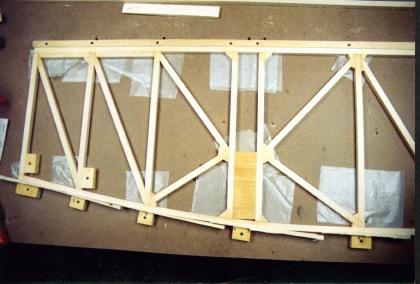

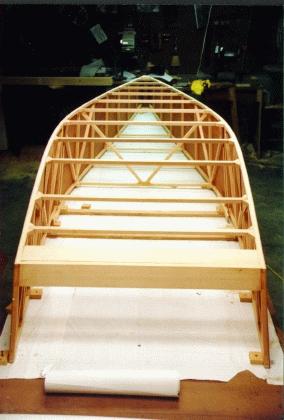
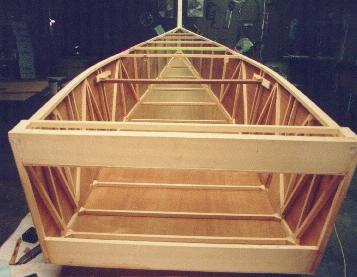
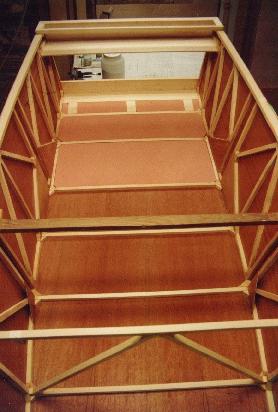
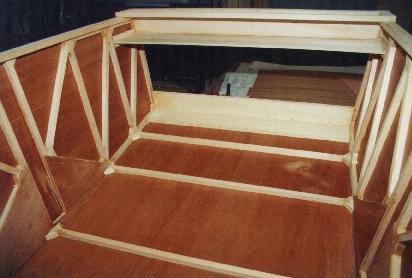
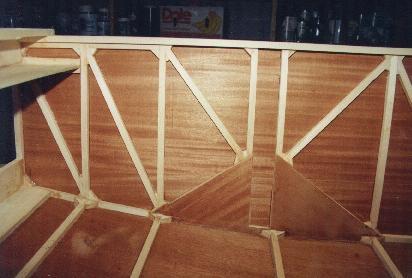
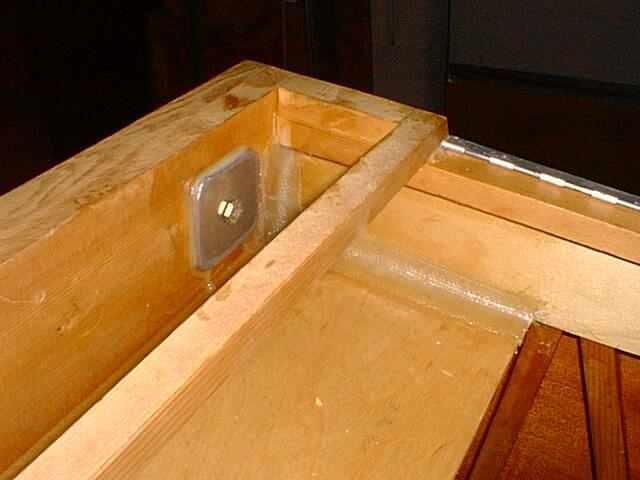
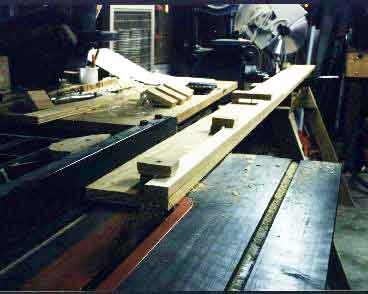
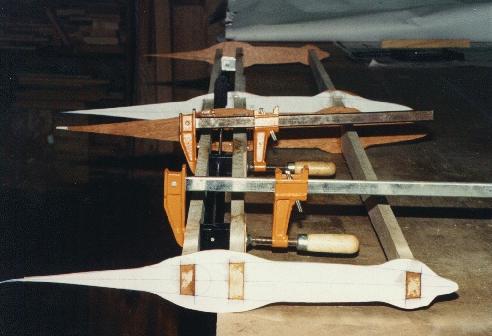
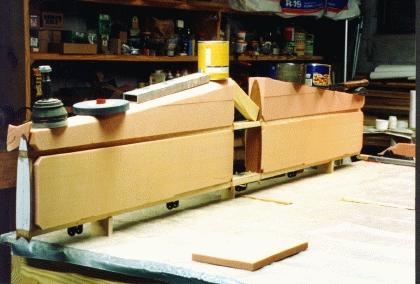
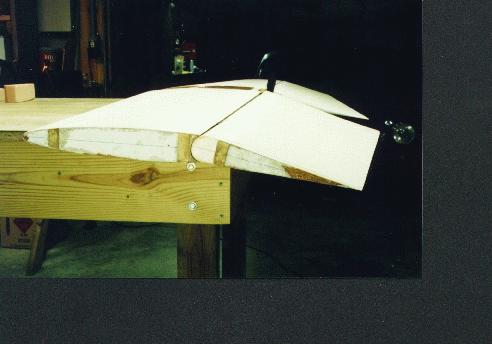
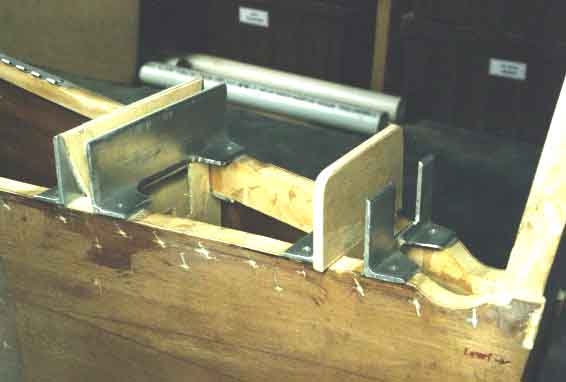
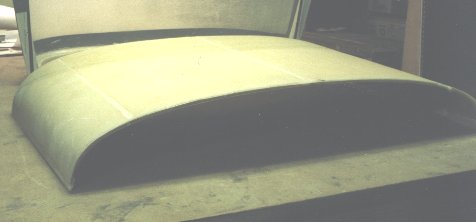
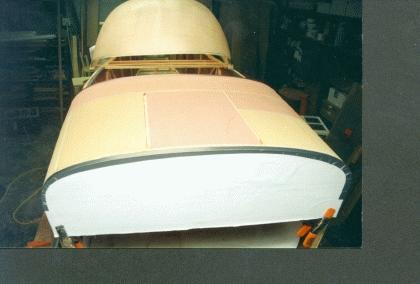
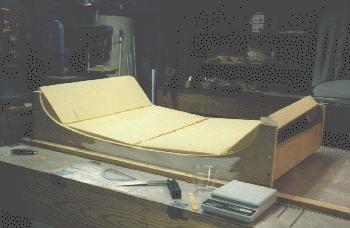
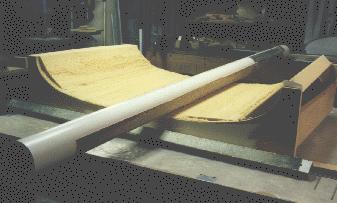
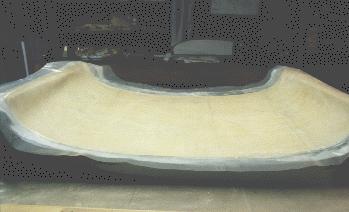
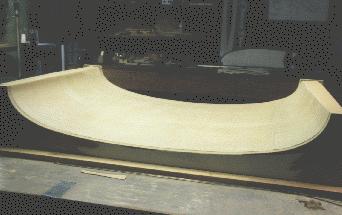
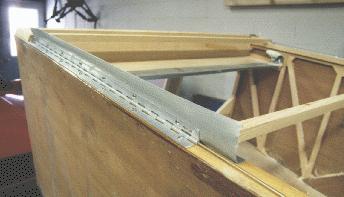
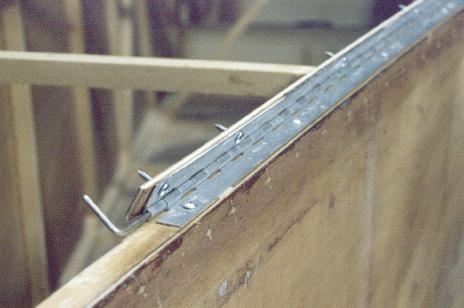
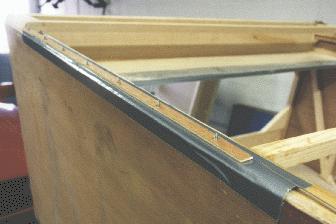
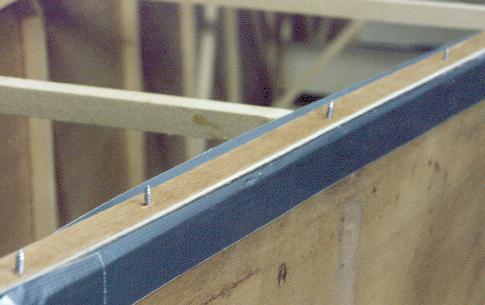
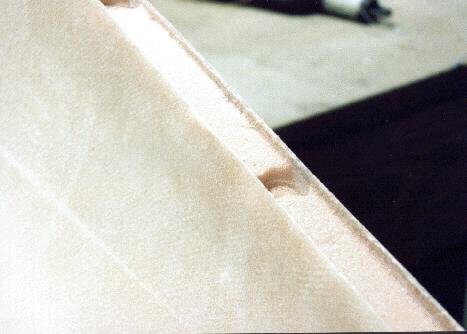
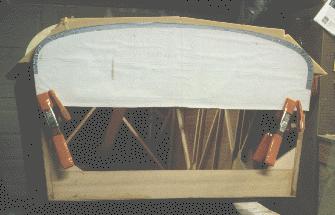
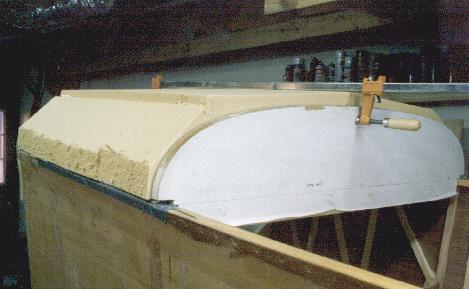
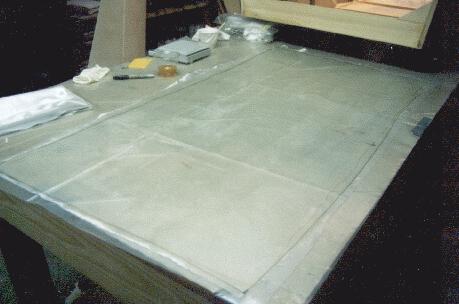
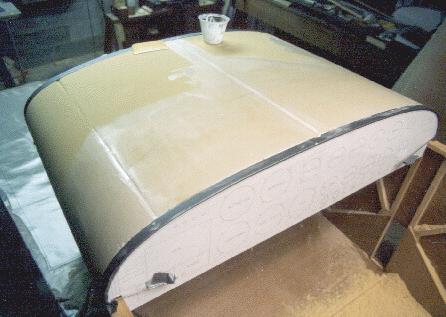
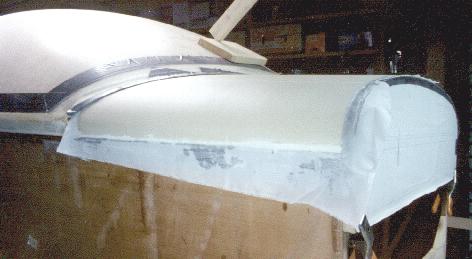
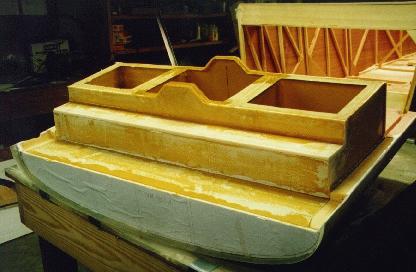
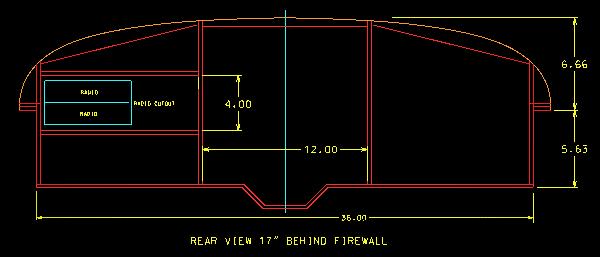
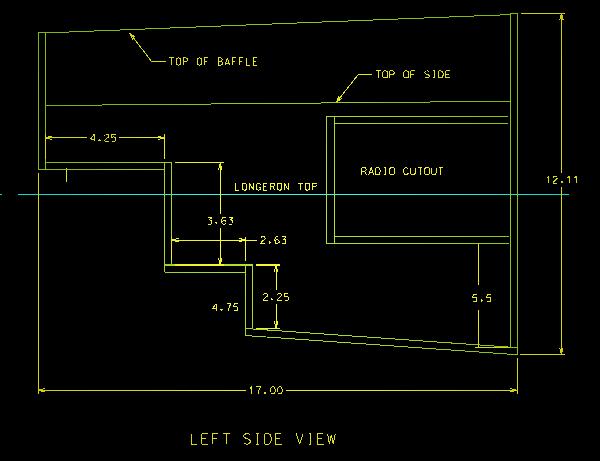
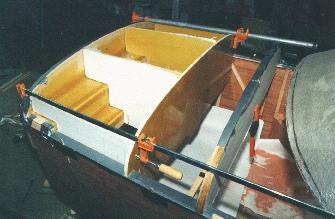
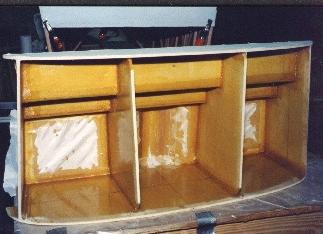
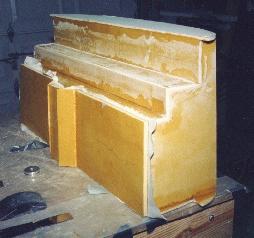
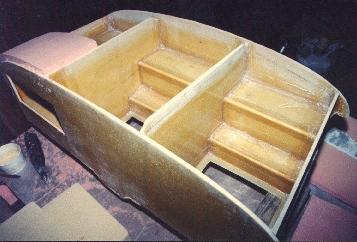
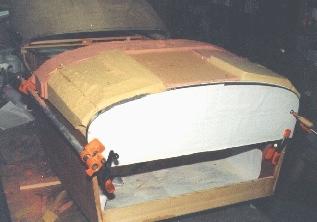
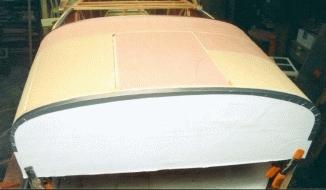
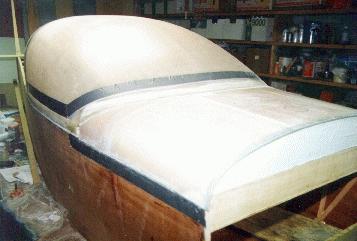
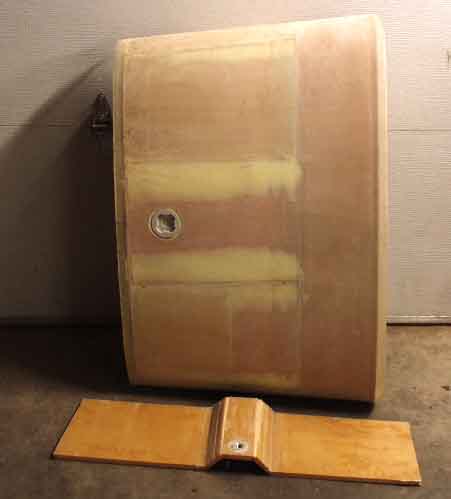
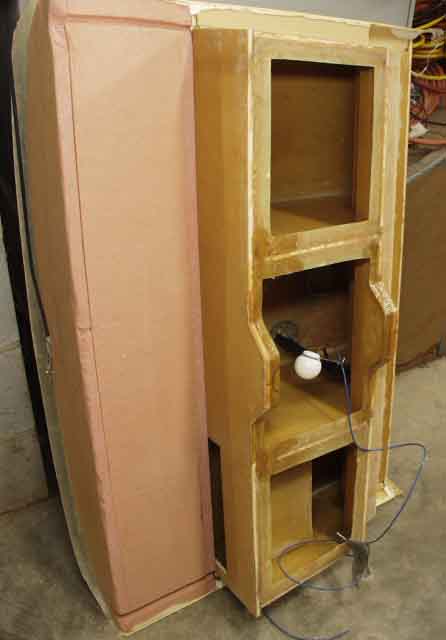
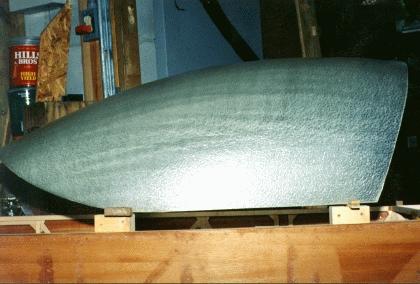
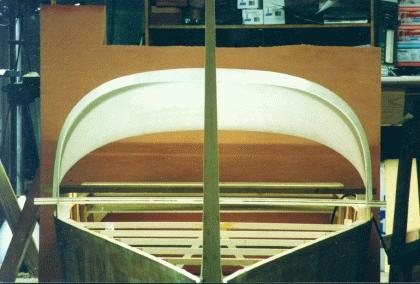
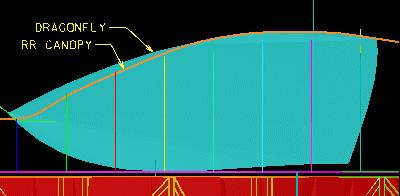
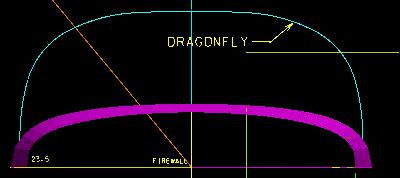
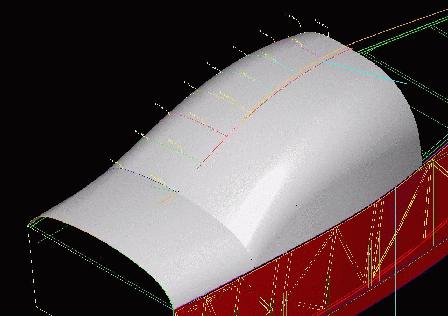
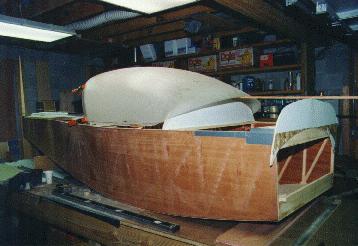
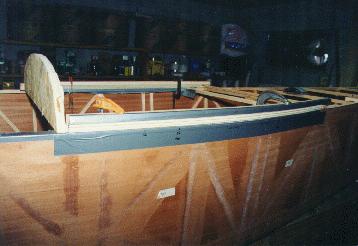
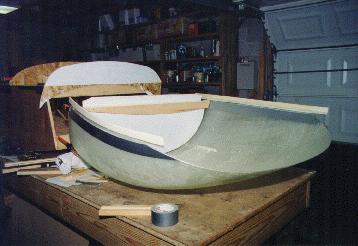
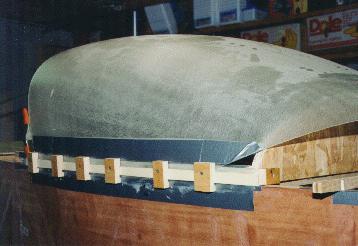
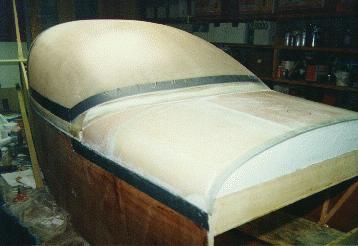
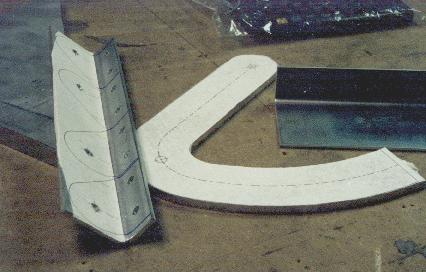
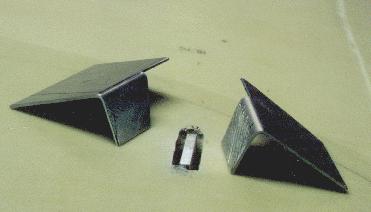
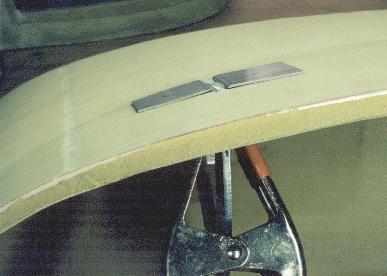

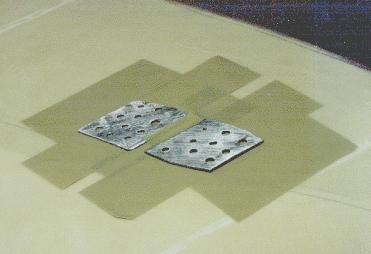
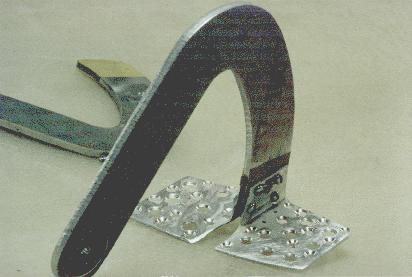
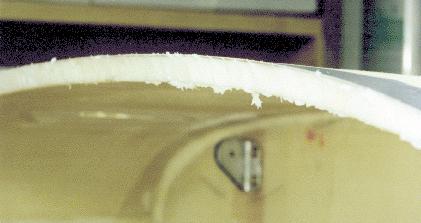
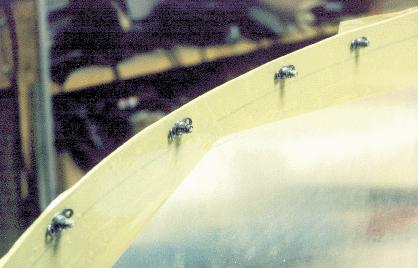
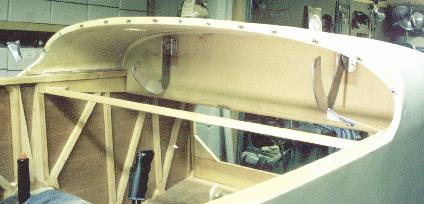
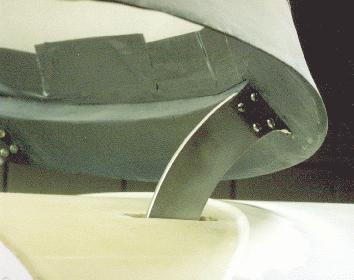
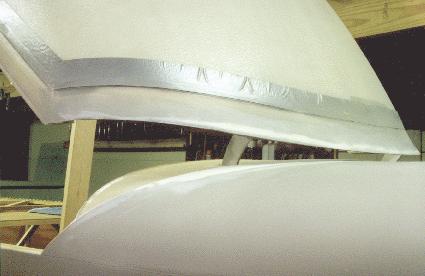
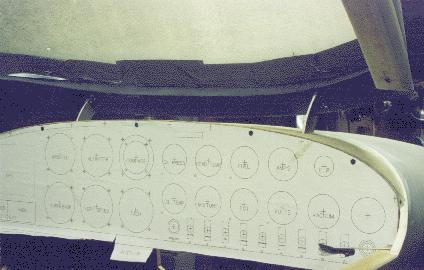
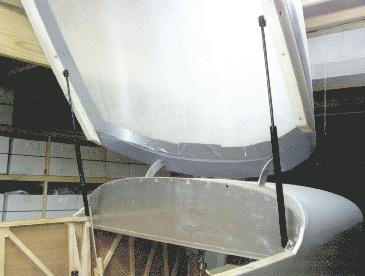
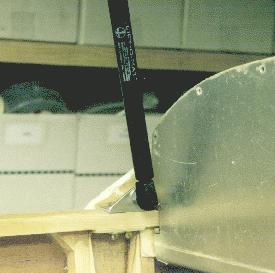
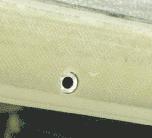
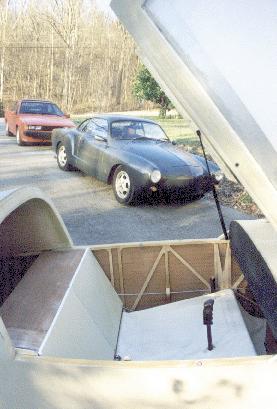
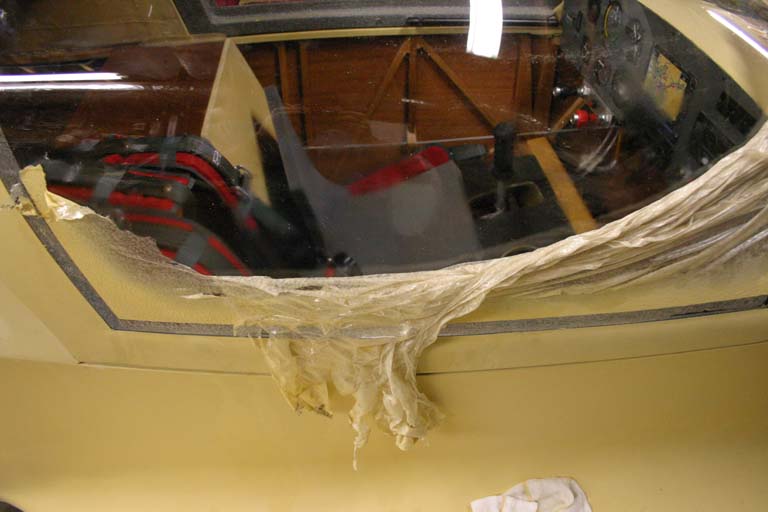
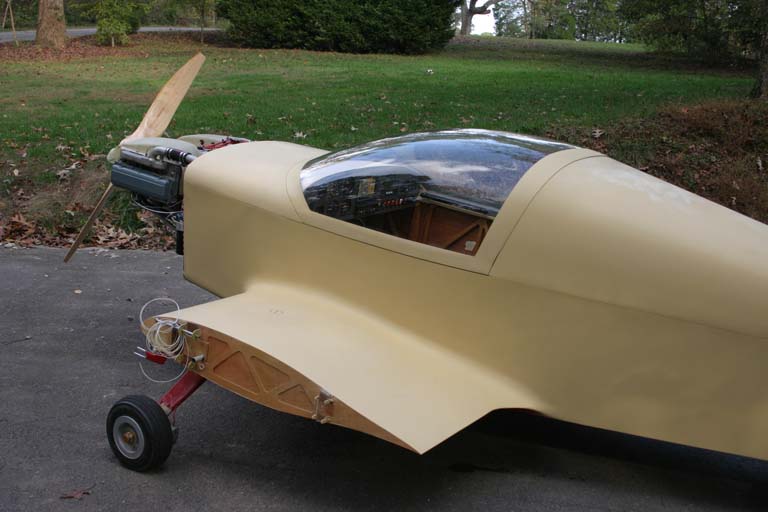
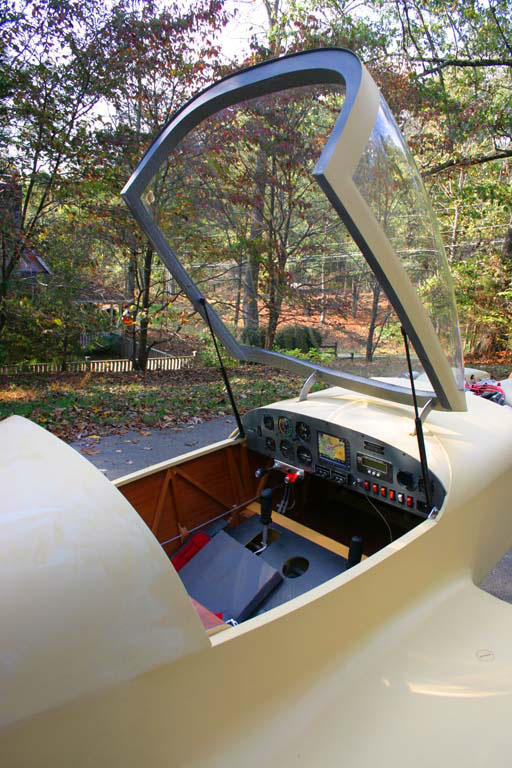
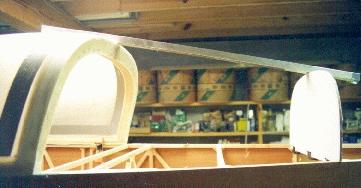
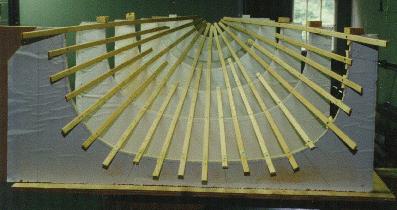
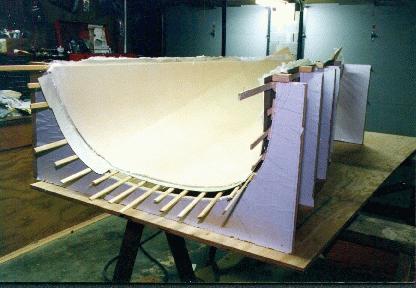
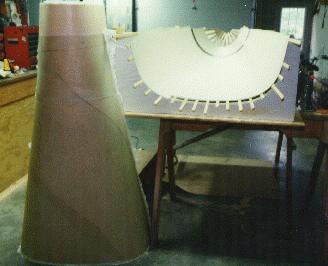
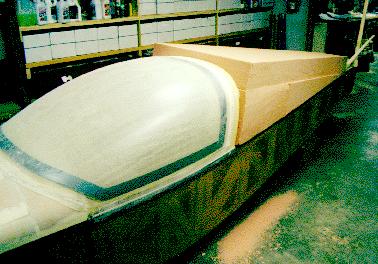
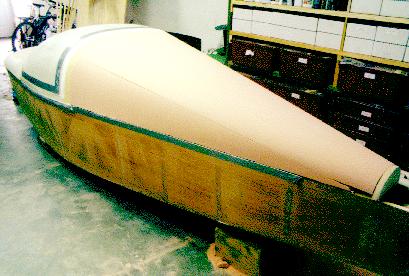
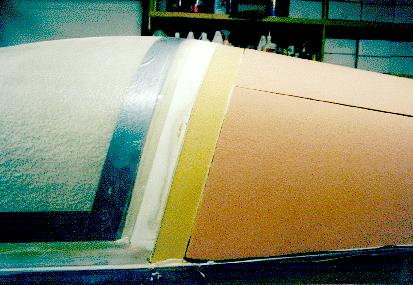
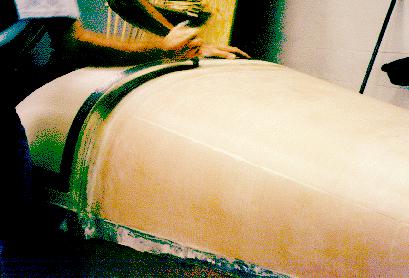
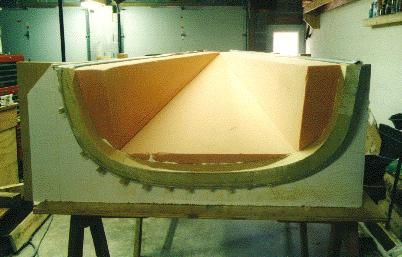
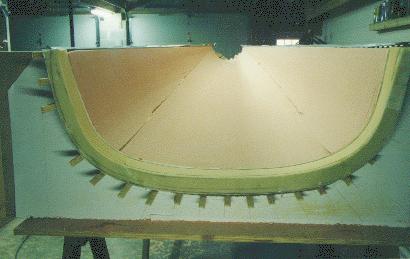
Comment